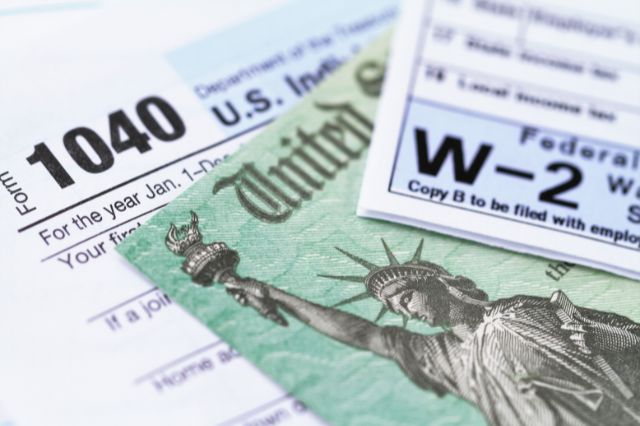(How the Fed and IRS determine Interest Rates & Income Taxes)
The Federal Reserve (Fed) and the Internal Revenue Service (IRS) play distinct roles in the U.S. economy regarding interest rates and income taxes:
Interest Rates
Federal Reserve (Fed):
Monetary Policy: The Fed sets the federal funds rate, which influences interest rates across the economy. This rate is the interest banks charge each other for overnight loans.
Tools for Adjustment:
- Open Market Operations: Buying or selling government securities to increase or decrease the money supply.
- Discount Rate: The interest rate charged to commercial banks for loans from the Fed.
- Reserve Requirements: Setting the minimum reserves each bank must hold, affects how much money they can lend.
- Economic Indicators: The Fed analyzes various economic indicators, such as inflation, unemployment, and GDP growth, to determine appropriate interest rates to achieve its dual mandate: stable prices and maximum sustainable employment.
Income Taxes
Internal Revenue Service (IRS):
- Tax Code: The IRS administers and enforces tax laws enacted by Congress. Income tax rates and regulations are set through legislation.
- Tax Brackets: Income tax is typically structured in brackets, where different portions of income are taxed at different rates.
- Policy Changes: Tax rates and deductions can change based on new tax legislation passed by Congress, reflecting economic conditions, political priorities, and policy goals.
Interaction Between Fed and IRS
- Economic Impact: The Fed’s monetary policy can influence economic conditions that affect tax revenues. For example, lower interest rates may stimulate economic growth, leading to higher incomes and increased tax revenue.
- Fiscal Policy: While the Fed focuses on monetary policy, the IRS manages tax collection and enforcement. Economic growth or contraction influenced by Fed policies can impact the effectiveness of tax revenue collection.
Pryor Insights:
In summary, the Fed determines interest rates through monetary policy tools, while the IRS administers income taxes based on laws set by Congress, not the executive branch. This is why from a socioeconomic perspective; it is imperative that most voters in the nation start to focus their efforts on the mid-term elections and understand their state and local policies more than that of presidential elections.
Presidential Elections matter please do not misinterpret what we are saying here; however, make sure to take accountability and inform yourself of when your localities are having town hall meetings, or holding elections, and stay informed on the policies and advocators behind those policies in your communities.
We tend to focus so much on National or General elections, but a paradigm shift needs to happen in our communities so that we are aware of what monetary policies are directly affecting our communities’ budgets and therefore our quality of life in our own local communities!

